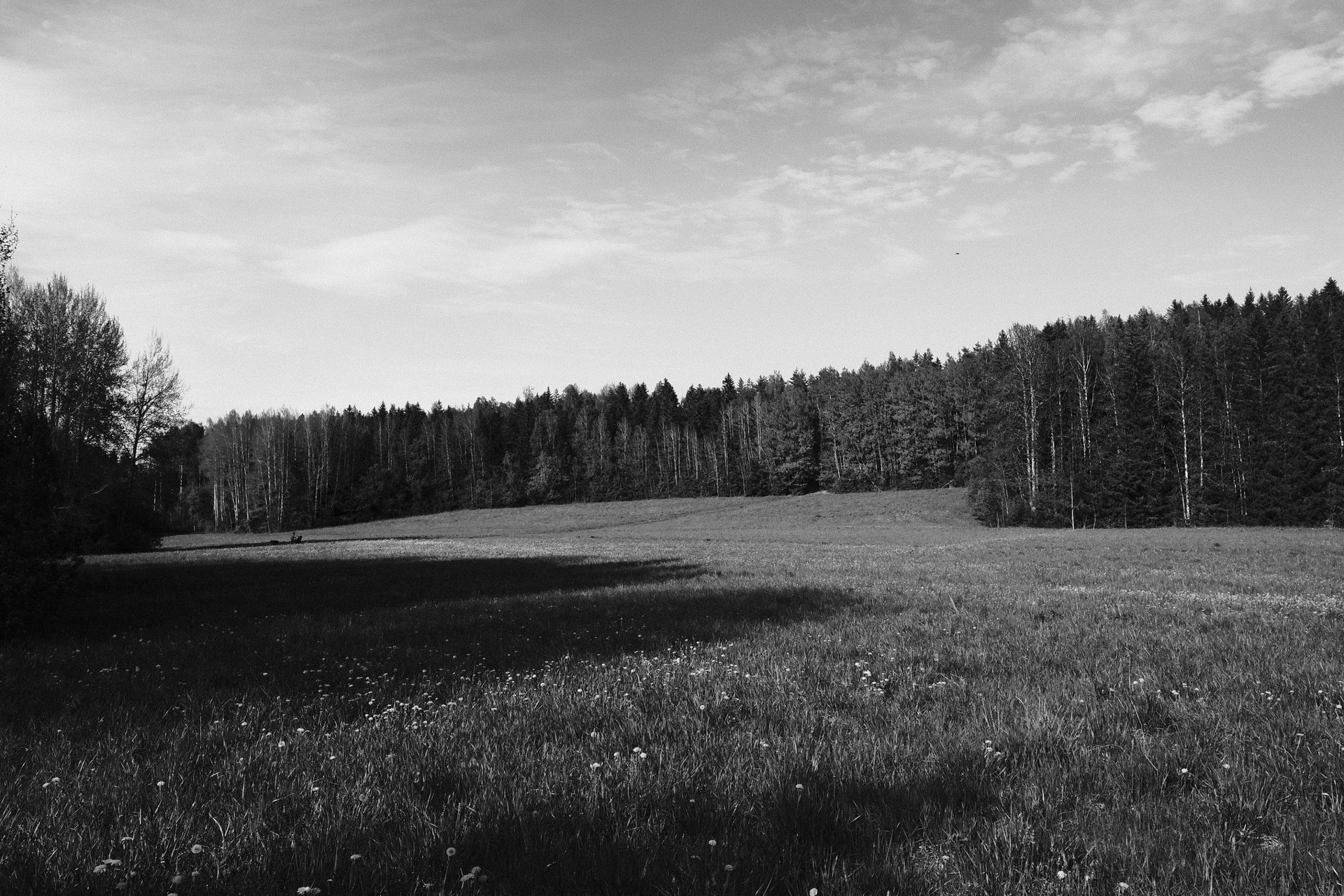
Human teeth
Teeth were most often associated with matters of health, for the quality of one’s teeth had a significant impact on one’s general well-being. Beyond rudimentary dentistry, there were a number of magical practices that sought to solve dental problems.
The arrival of the first tooth
It was believed that babies were born essentially soulless — they had life, but were not quite entirely people and were therefore deeply vulnerable. The arrival of their first tooth was a sign that the child had received their haltia, and that they would be fit for life, thus finally earning a name.
If a baby was born with teeth, they were considered to have an exceptionally potent haltia, which often predicted a strong personality with eccentric behaviour, and an affinity for magic. Such an individual was often well-set towards becoming a wise man/woman to their community.
“Take, mouse, this tooth of bone / and give me a tooth of iron!”
When a child’s milk tooth came off, it was to be rid of with care, for the way it was discarded could affect the health of the permanent tooth to come.
When concealed within a home, it was most commonplace to hide the tooth behind an oven or the sauna stove and ask either a mouse or a harvestman to take it and keep it safe — either from worms which were thought to cause toothache, or to even bring a golden or silver tooth in return. This is not to be taken literally, however, as the plea for precious metals here rather alludes to the strength of the permanent tooth.
Part of a whole, in place of another
It was important that once one’s permanent teeth came in that they should not be lost, pars pro toto, for in magic a part represents the whole, and the whole of a man could be harmed through harming any individual part of him. As such, a lost tooth was better destroyed than discarded.
Treating teeth directly by the way of early dentistry was exceedingly painful, but teeth could also be treated indirectly through magical “contagion”. By treating the teeth of a dead horse belonging to an unknown man, one could transfer the treatment to their own teeth as well.
The might of the dead
The teeth of the dead had numerous uses in folk magic, most commonly for the purposes of healing. Even though healing spells were considered both benign and valuable, the dead were seldom pleased by being robbed nonetheless — “Bring back Varpu’s tooth!” was what a person* had reported to hear each time they passed by a graveyard, perpetually admonished for their act of theft. Less lucky individuals would find their homes haunted by especially angered spirits of the dead, which would only leave once they got back what was theirs, or through banishment by very powerful wise men/women.
Earlier I talked about how milk teeth were most commonly hidden behind an oven, but a rarer solution was to hide the tooth inside the casket of a body yet to be blessed. This way, the tooth would receive a blessing (and by extension, so would the child to whom it belonged) and the rot of the body would only affect the milk tooth, sparing the permanent tooth of a similar fate in the future.
The dead held special power, a väki unique to them, which often acted in contradictory ways, and this allowed for surprising use-cases — such as the splinters from a body-washing board being used to treat toothache, a canine tooth taken from a corpse could open church doors as if it were a key, among many others.
* * *
Notes
* Finnish language lacks gendered pronouns, and so it is rather vague who shared this anecdote.
Sources
Anssi Alhonen: Esivanhempien puu (2013)
Albert Hämäläinen: Ihmisruumiin substanssi (1920)
Kaarina Koski: Kuoleman voimat (2013)
SKVR Finnish folk poetry collections